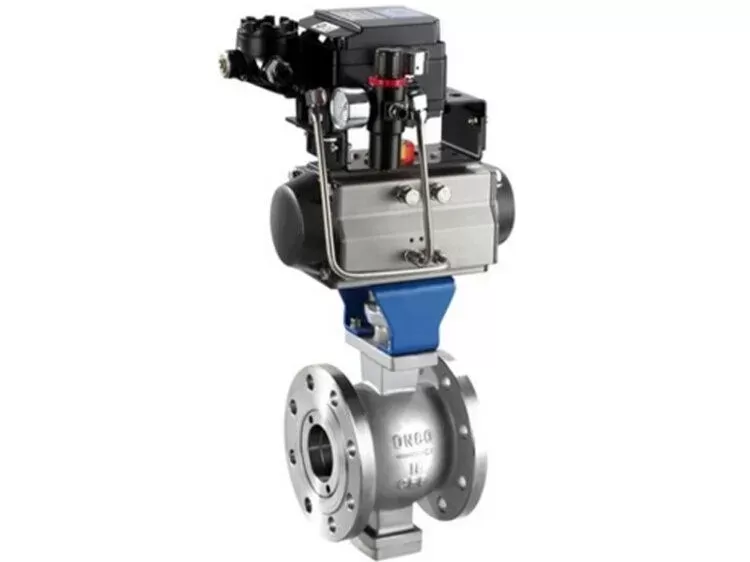Notifications

4 minutes, 22 seconds
-10 Views 0 Comments 0 Likes 0 Reviews

We are a leading control valve manufacturer in China, delivering high-quality valves and control actuators expertly designed to meet a wide range of industrial applications.
Ball valves are widely used for fluid control in various industries. Although full port and standard port ball valves may look similar externally, their internal designs differ significantly, impacting flow performance, pressure loss, and suitable applications. Understanding these differences is essential for selecting the ideal valve for your system.
Design: The internal bore diameter of a full port ball valve matches the diameter of the connected pipe.
Flow: This design allows fluid to flow through the valve with minimal resistance and no reduction in flow area.
Operation: Typically quarter-turn valves, commonly used in two-way flow applications.
Benefit: Provides unrestricted flow, preserving pressure and velocity, making it ideal for applications demanding maximum flow efficiency.
Design: The internal bore of the valve ball is smaller than the connecting pipe diameter, creating a narrower passage inside the valve.
Flow: This causes a pressure drop and some flow restriction compared to full port valves.
Operation: Also quarter-turn valves, but with limited flow capacity relative to full port designs.
Benefit: Often more compact and less expensive, suitable where moderate pressure drops and flow restrictions are acceptable.
| Feature | Full Port Ball Valve | Standard Port Ball Valve |
|---|---|---|
| Internal Bore Diameter | Equal to pipe diameter | Smaller than pipe diameter |
| Flow Restriction | Minimal to none | Moderate due to reduced bore size |
| Pressure Drop | Very low | Higher than full port |
| Typical Applications | High-flow, industrial pipelines, oil & gas, chemical plants | Residential plumbing, HVAC, smaller-scale industrial systems |
| Valve Size & Cost | Larger body, higher cost | More compact, cost-effective |
| Ideal Use Case | When maintaining flow and pressure is critical | When space or budget constraints exist |
Flow Requirements:
Choose full port if high flow rates with minimal pressure loss are essential.
Choose standard port for lower flow requirements or when space is limited.
Pressure Considerations:
Full port valves maintain higher system pressure due to reduced resistance.
Standard port valves may cause pressure drops that are acceptable in less critical systems.
Application Environment:
Full port valves excel in demanding industries like oil & gas, chemical processing, and water treatment.
Standard port valves suit residential or light industrial uses.
Budget and Cost:
Full port valves generally have a higher upfront cost but offer long-term efficiency and lower maintenance.
Standard port valves are more economical initially and suitable for moderate demands.
Selecting the right ball valve port size depends on balancing flow performance, pressure management, space availability, and budget:
Opt for full port ball valves to maximize flow efficiency and minimize pressure loss in critical applications.
Choose standard port ball valves for cost-effective flow control where moderate restrictions are acceptable.
By understanding these distinctions, you can ensure optimal valve selection for efficient, reliable, and cost-effective fluid management in your system.Know more about Google SEO Directory

